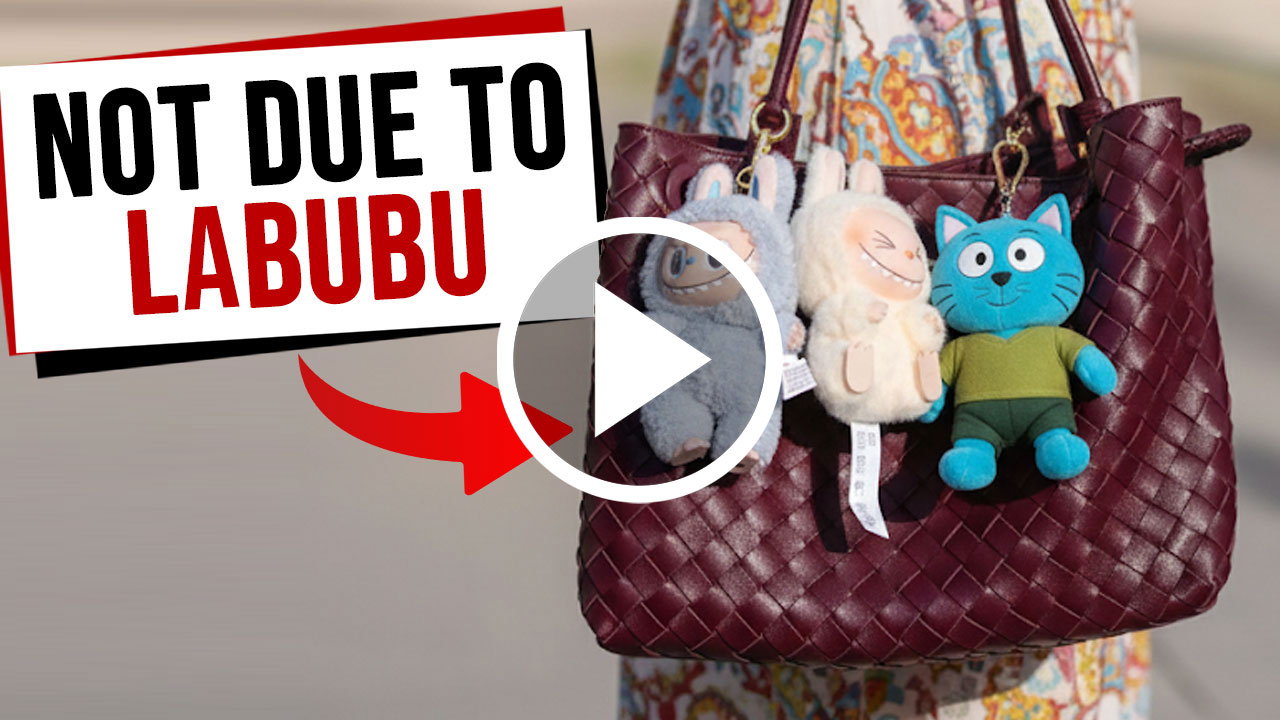In case you didn’t know, there’s actually a limit to the number of coins you can use to buy stuff in Singapore.
That means you can’t use coins to make a downpayment for your spanking new Honda Vezel like him.
Or buy a $20,000 Rolex watch with $1 coins.
Previous Currency Act
Now, if you didn’t know, Singapore has an act that prevents Singaporeans from paying for everything with coins.
5 cents, 10 cents and 20 cents coins have a limit cap of $2 each.
50 cents coins can only be used to pay a maximum of $10.
But $1 coins can be used without limit (oh wait, so that means technically, we can buy a Rolex with $1 after all).
Until now, that is.

$1 Coins To Be Included in Legal Tender
So why not before? Why now?
You can blame two jokers back in 2014.
One case involved a person making a nearly $20,000 payment at a car dealership in coins.
While the second case involved a shop at Sim Lim who refunded a customer $1,010 in coins (yes, those days when Sim Lim Square became Jover Chew Square).
The New Currency Act
On 14 Jan, the authorities passed a new currency act to replace the previous one.
Now, you can only use a maximum of 20 coins across all denominations.
That means, if you’re paying with five cents, you can make a maximum payment of $1.
10 cents = $2
20 cents = $4
50 cents = $10
$1 = 20
All in all, you can only make a maximum payment of $37 using coins from now on.
To Minimise Inconvenience To Businesses and Customers
It doesn’t make sense to use varying tiers for different denominations, and it can get quite confusing.
Plus, given that the processing time and effort for coin payments come from the number of coins used, instead of the value, there’s no point in using a value limit for the act.
These legal tender limits will help to minimise inconvenience to businesses and customers.
You Have The Right To Refuse
Now, given that not many people know about this act, you’ll have people just accepting the money.
Now, even if that happens, you can’t turn around and blame the shop, as shown by the Sim Lim case.
Back then, the woman could’ve refused the coins in smaller denominations and only accepted the $1 coins for her refund.
However, she took the coins, which means she accepted the payment, according to criminal lawyer Rajan Supramaniam.
“It was inconvenient for her, but given that she accepted the payment, it would not have been illegal.”
The only way this would’ve been illegal is if the payee had “impaired, diminished, lightened or defaced” the coins.
So here’s what you do instead.
Reject the person making the payment and give a written notice saying you won’t accept the coins because it’s against the legal tender limits.
They’ll still owe you the original amount.
Very Common, According to Goody Feed Resident Cat
According to our Goody Feed resident cat (okay, joking, he’s a colleague who just looks like a cat), when he was working as a cashier in a supermarket, it was very common for customers to pay in mere coins.
In fact, there were cases when a customer just passed a bag of coins for a $100 purchase, and because he was familiar with the customer and trusted him, he just tossed all the coins into the cash register without counting so as not to hold back the queue.
So yes, while this might not affect you, it does affect anyone who’s a cashier.




